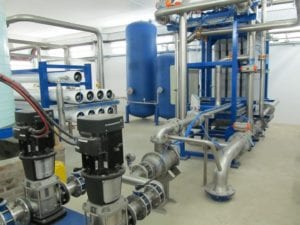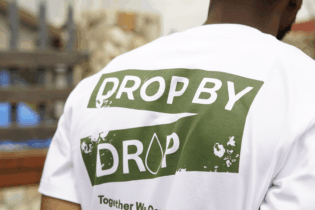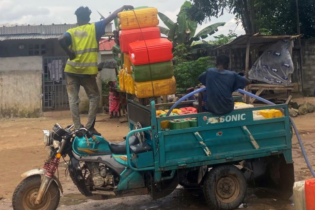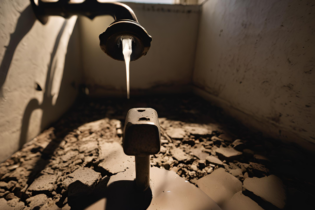
Treatment of mine water requires highly specialised services to ensure client expectations are met
Treatment of mine water requires highly specialised services to ensure client expectations are met.
Herman Smit, managing director of
Quality Filtration Systems (QFS) talks to
Water&Sanitation Africa about what it takes to get the job done right.
What is your experience in providing mine water solutions for the Southern African market?
HS The market ranges from dewatering existing mines to treating and decanting acidic mine water from old mining operations. Treating water mining impacted by mining operations is often a last resort for mining companies but it is crucial for enabling continuous, environmentally compliant mining operations.
The most accepted solution for mine water treatment entails membrane-based technologies, making QFS ideally suited to provide equipment for these projects. QFS has installed numerous ultrafiltration (UF) and reverse osmosis (RO) plants in Southern Africa, providing an excellent local reference base.
Given the current strain on South African commodities, how important is water pollution prevention to the average mine manager?
In my opinion, this should be extremely high on any mine managers priority list. Water, unlike electricity, cannot be supplemented or replaced by an alternative source. Water reuse is not only a responsible and ethical business practice, it is required for long-term planning and sustainability.
What, in your opinion, is the biggest water-related challenge facing South African mines?
All of the practical daily issues come to mind – for example, water intrusion and water stabilisation. In my opinion, the historical backlog seems like an unassailable task to the mines.
Beyond that, other practical challenges include managing liquid wastes or brines, since salts cannot be destroyed, only converted into different forms or concentrated into smaller volumes for disposal at hazardous landfill disposal sites.
What are market best practices for managing mine water, and can you name one or two examples?
Membrane-based technologies are commonly accepted as the best way to reach a zero liquid discharge (ZLD). The most frequently used approach to ZLD is using costly thermal evaporation technology. Reducing salts is essential for successful ZLD treatments.
How might treatment options differ for coal, gold, copper, or platinum mining?
Water qualities differ between coal mines. There is no one-stop solution and, thus, specific designs and equipment for every treatment solution are required.
With so much of the current market activity happening north of South Africa’s borders, what are the logistical challenges for getting South African treatment technologies into the rest of Africa?
QFS has developed pre-engineered skid-based units, forming modular units to reduce on-site installation time. This approach allows for FAT (factory acceptance testing) in South Africa before shipment.
Mines don’t lend themselves to a ‘one-size-fits-all’ approach when it comes to water treatment. How does QFS manage the early stages of client engagement to ensure the right solution for a specific mine?
Water analyses and characterisation, linked to an extensive study, are vitally important for the correct design base. Fluctuations in water quality and flows can only be determined over a period of a few months.
What strategies do you recommend for keeping water treatment costs down while offering the best environmental performance?
QFS investigates international trends and works with world-leading technology suppliers to provide the Southern African market with the best technologies available.
Although some of the advanced technologies might not be the best CAPEX solution, a ten-year life cycle costing will prove this to be the best OPEX and, thus, a sustainable solution.
Click here for more information.








